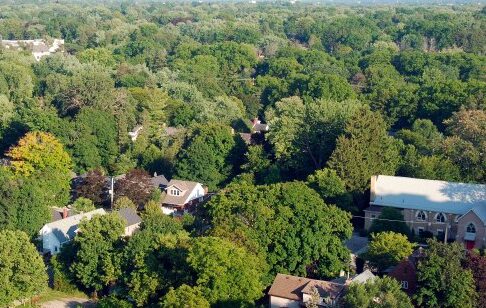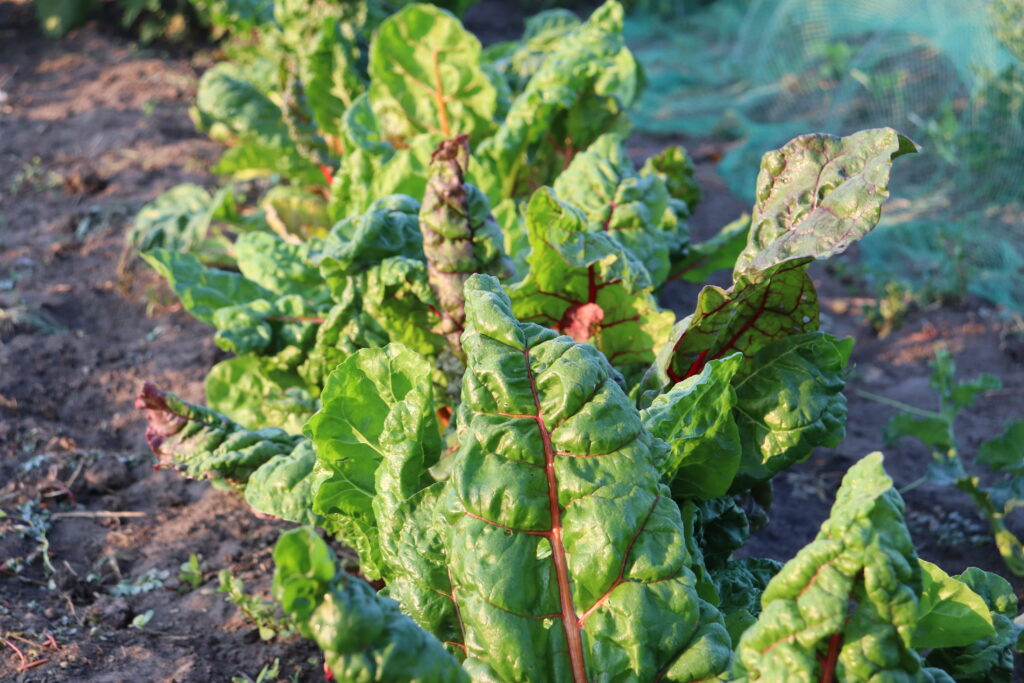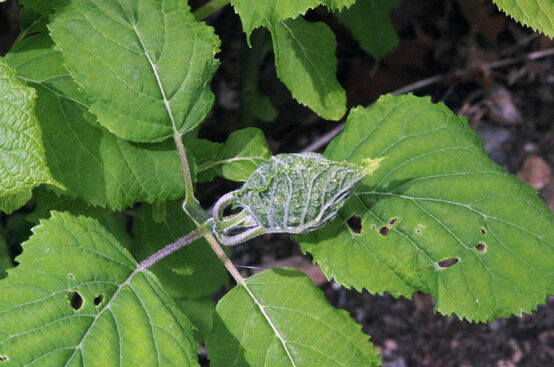
Before cutting a tree – Learn about London’s Tree By-Laws, Permits, when and how
I did a talk on trees at Seedy Saturday in 2020 and “Wow” there are many of you who love trees! It was great to see this passion in people when it pertains to trees. So many wanted to know about the rules that apply before cutting a tree in London.
There were many questions that I was unable to answer at that time specifically pertaining to London City By-Laws. This article is to clarify the rules concerning residential trees. Boulevard trees have their own rules, for the purposes of this article, I am only going to discuss trees on private property. Here are some important things to know BEFORE YOU CUT A TREE.
Let me start by stating I am not a lawyer and I don’t work for the City of London. By-laws can change regularly. I am just a passionate gardener who volunteers to guide others to garden and grow to make the world a bit greener. If you want more information please consult the City of London website. Here is a link London city website – bylaws regarding residential trees.
What’s the Issue with Cutting Trees on my Own Property?
Most questions surrounding trees pertain to the removal of trees and the permit required to remove a tree. In 2016 the City of London passed a tree protection by-law. This by-law was a way to protect more trees, maintain existing trees, and encourage the planting of new trees.
Before Cutting a Tree – What are the reasons you might want to remove a tree on private property?
There are several reasons a tree may need to be removed or should be removed:
- The tree is dead.
- The tree is very unhealthy. If the crown is dying or the trunk shows signs of decay.
- The tree was damaged in a storm. If enough of the tree was damaged it may be beyond repair.
- The tree is growing too close to – or the roots are encroaching on- your house, utility lines, or other structures.
- The tree is leaning in a dangerous direction, like toward your house, driveway, deck, or your children’s play area.
- You are planning renovations such as a pool or an extension on your home.
- The tree has structural problems, such as interior decay.
- There are cracks in the main trunk or leaders
- The tree is too large for its location and poses a danger if it should fall or drop branches.
- The tree is in the way of construction or will be mortally damaged by heavy equipment.
- A disease or insect infestation will eventually cause tree death or spread to other trees.
Before Cutting a Tree – Understand whether a Permit is Required
A permit is required if the tree is healthy, is in the city protection map, or is greater than 50 centimeters diameter at a height of 1.4 metres.
To measure a tree:
“A special diameter tape or tree calipers can be used to measure the diameter of a tree. If neither is available, the diameter can be calculated by measuring the circumference around the tree, 1.4 metres above Natural Ground Level, using a regular tape measure and dividing by 3.1415 (Pi). For example, a tree with a circumference of 157cm will have a diameter of about 50cm (157/3.1415 = 49.98)”
For size perspective, my arm span is approximately 150 centimeters. That means I would not be able to fully hug a distinctive protected tree.
So, to be clear, we’re talking about trees whose width appears to be 50 cms (19 inches) or more. If your tree seems to be even close to that, do the measurement and calculation shown above rather than guessing!.
What does a permit cost?
A permit is $100 dollars. If you need to remove several trees, the cost is more. If the tree is severely diseased, dead, or a safety hazard then there will be no cost, but a permit is still required.
Yes, a permit can be denied but that would be in extreme circumstances. Some arborists will apply for the permit for you and include it in the cost of removal if you sign a contract with the company.
Do I need a permit when just doing maintenance pruning?
If you want to prune a tree, you do not require a permit as long as you use good arboricultural practices. Pruning can be an important aspect of a tree’s health. Tree pruning can be for safety reasons as well as for the removal of dead branches, suckers, branches that cross and rub, or broken branches.
Never prune more than one third or the tree will have difficulty recovering and could lead to a decline in the tree’s overall health.
if you want to remove a branch that overhangs from your neighbours’ tree, you must have a conversation with your neighbour. This is a civil matter and is covered under federal law.
TIP – Pruning of boulevard trees is also not allowed due to liability. If you are concerned about a boulevard tree, contact the city for inspection.
More about the basics of pruning
Before you Cut a Tree, know the rules
If you remove a tree without a permit you could be issued a fine ranging from $1000 to $100,000 in extreme cases.
It is important for communities to protect urban trees. They tend to have a shorter lifespan than forest trees as they must deal with more air pollution, compacted soil, and lack of root space to name a few issues. There’s a cost to replacing them and many take a long time to grow to maturity so it just makes sense to protect the trees we have.
London is “The Forest City”. By-laws help the city maintain the responsibility that goes hand in hand with retaining the beauty of our forests. Know the rules and please follow them …on behalf of all of us.
Link here to London’s Urban Forestry Strategy (18M)






About The Author: Julie Dorssers
More posts by Julie Dorssers